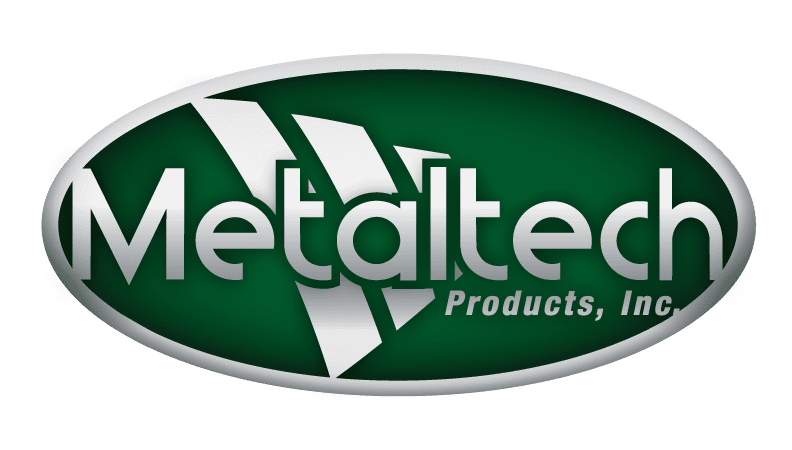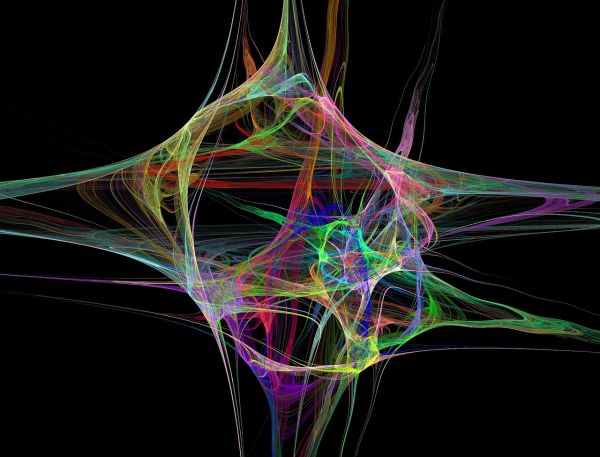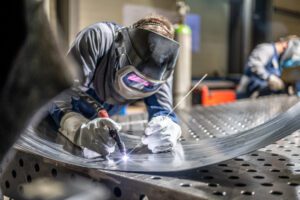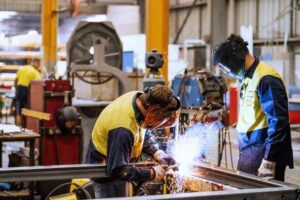One of the more exciting topics in the electrical field today is energy-efficient LED lighting. LED lights are not new, but using them as an area lighting source is a fairly recent development and is growing very fast. LED light bulbs are much more efficient compared to the more common forms of lighting. It also lends itself to so many applications that it is leaving older and more traditional forms of lighting in the dark.
Light Emitting Diodes known as LED’s were developed by scientists James R. Baird and Gary Pittman in 1961. The LED uses electroluminescence in a semiconductor to create light. Electroluminescence is a phenomenon of a material emitting light when an electric current is passed through it. It gets much more complicated than this but basically different types of semiconductor materials produce different colors of light.
Typically the LED was used as colored indicator lights. With the more recent development of the “white” LED, scientists have discovered a great energy-efficient replacement for the more common forms of lighting, especially the incandescent bulb. There is actually no such thing as a “white” LED light. To get white light like we have in our homes, different colored lights are mixed or covered with a phosphor material that converts the color of the light.
LED LIGHTS VS OTHER SOURCES
With a growing world trying to save energy, the discovery of the white LED light is a welcome event. The two most common household lights that LED light bulbs will replace are the Incandescent bulb and the Fluorescent bulb, especially the CFL.
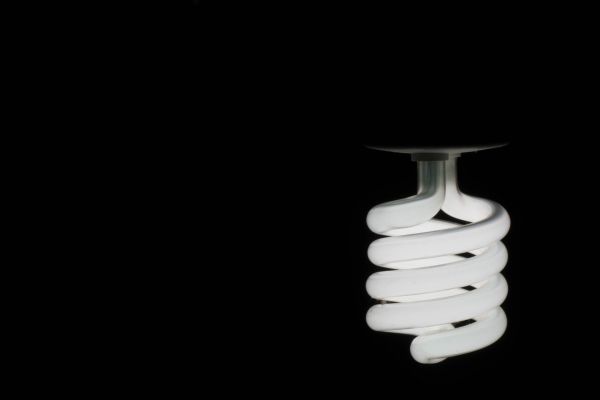
The incandescent bulb is a great light and is used in almost every application imaginable, but it is just too inefficient. About 90% of the energy used by an incandescent bulb is put off in heat.

To compare the three light sources that we are mostly concerned with by measurement of Lumens per watt, the Incandescent bulb produces about 13 lumens per watt, the CFL produces about 57 lumens per watt and the LED produces about 100 lumens per watt.
These figures can vary quite a bit depending upon the application and the design of the fixture. To put this into perspective with an everyday item we will use the 60-watt incandescent bulb: Incandescent 60 watts, CFL 13 to 15 watts and the LED using 6 to 8 watts. As you can see the CFL is a great deal more efficient than the incandescent bulb but it still puts off about 85% of its energy into heat.
Then we have to pay to run the air conditioner if we want to stay cool in an area with these heat sources. It has been said that if every household would install one CFL to replace the incandescent bulb it would save enough energy for three hundred thousand houses. Imagine the possibilities if people used a few LED light bulbs in their homes.
LED LIGHTS ARE EASY ON YOUR MAINTENANCE BUDGET
When considering return on investment, large facilities need to also consider maintenance costs. In some facilities, changing light bulbs can be a time consuming and even difficult job.
A great deal of maintenance could be saved by using bulbs that last two or three times as long as fluorescent bulbs. I once quoted new lights for Metaltech Products, Inc. The salesman actually tried to show how the reduction in maintenance time costs was worth nearly as much as the energy savings.
There are so many special applications for which LED lights have proven to be a great advantage. For one thing they are durable and shockproof. Have you ever experienced the frustration of using a droplight or flashlight and drop it only to find yourself in total darkness because the filament broke in your incandescent bulb?

That does not happen with the LED because there is no filament to break. LED bulbs are great for flashlights because they are so adaptable to small power supplies. Actually high voltages reduce the LEDs good quality light lifespan.
Not so very long ago if you wanted a flashlight or a (miner’s) headlight to last more than six or eight hours you had to literally carry a small automobile type battery with you. Now with LED light bulbs one can have a light that will last all night with a power supply no larger than a man’s wallet. So it does not flatten the wallet anymore to let the kids play with the flashlight. It takes forever to wear the batteries down and they won’t break the bulb. In any application where there could be considerable vibration as in a vehicle or heavy equipment these bulbs really shine.
PROS AND CONS OF LED LIGHT BULBS
One very positive issue with LED light bulbs is that if you have one go bad or break one they can be disposed of in the regular trash. There are recycling programs for working and non-working Christmas lights but not for the regular bulbs. There is no environmental concern as there is with the CFL and its mercury content.
There are a few disadvantages to this new form of lighting. The first one that usually comes to mind is cost. The LED can seem like a significant investment at first. It is common for it to cost ten times as much as a comparable incandescent bulb. But consider that it will last probably more than ten times longer and cost about 10% as much to use as the incandescent bulb.
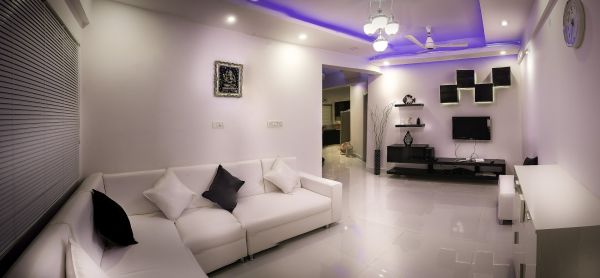
For the homeowner, the actual return on investment will depend greatly upon the price paid for electricity and the amount of time the bulb is operated.
The price of LED lighting is dropping, though, as technology is rapidly advancing. Part of the price issue is from the fact that the rare earth metals used to make these lights are sometimes difficult to obtain from different places around the world.
While LED light bulbs do not create a great deal of heat, some large arrays of them do require a considerable heat sink to remove the heat because they are sensitive and could be damaged by large temperature changes. If a light array is high enough of a wattage draw, sometimes it will require a cooling fan. This of course just adds to the cost of making some of the large LED lights.
LEDs do have reduced lumen output over time. The expected life of the LED bulb is not the amount of time it is expected to operate until it fails like other bulbs but the amount of time expected for it to reach 70% of the lumen output it had when it was new. LEDs are a directional light source, which means that they emit light in a specific direction, unlike incandescent and CFL bulbs which emit light and heat in all directions. Because of this LED lighting is able to use light and energy more efficiently in many applications. It also means that engineering is needed to produce an LED bulb that shines light all around like the bulbs we are used to.
There is considerable discussion about whether LED light bulbs attract fewer bugs than other common light sources. Some people are sure that these new bulbs make a huge difference. Others swear that it does not make any difference at all. I have not been able to find any claims about this topic from manufacturers. Reading the discussions, it seems that it has more to do with the color spectrum of the light. The warm white or the bulbs with yellow on them seem less likely to attract bugs than the more blueish spectrum.
There are many choices to consider when purchasing LED bulbs. Sometimes you find two bulbs that look very similar but there is big difference in price. How do you make a decision on what to buy? For one thing, look for the ENERGY STAR label. There may be a reason that one choice is so much less expensive. The ENERGY STAR label ensures that the product was built to certain standards that will ensure the energy efficiency, consistency and quality of the product. It should give some peace of mind to the consumer.
Here are a few things that the ENERGY STAR program will have some impact on:
Six different requirements for color to ensure color quality, now and as the bulb ages;
Light output minimums, light distribution requirements and guidelines for equivalency claims;
Long term testing by manufacturers to back up longevity claims;
Three year minimum warranty requirement;
And as with all ENERGY STAR products, these are subject to random testing to ensure quality.
The LED light is still undergoing a lot of study and improvement but it is here to stay. This little jewel has so many great attributes and possibilities. The applications are endless, the disadvantages are few. It is efficient, safe and will last a long time. Bite the bullet, and purchase a few of these with the help of the ENERGY STAR label. I think you will be glad you did. Let this great little light reduce your energy bill and brighten your day!

Herman Hempel, Senior Maintenance Technician
Metaltech Products, Inc.
